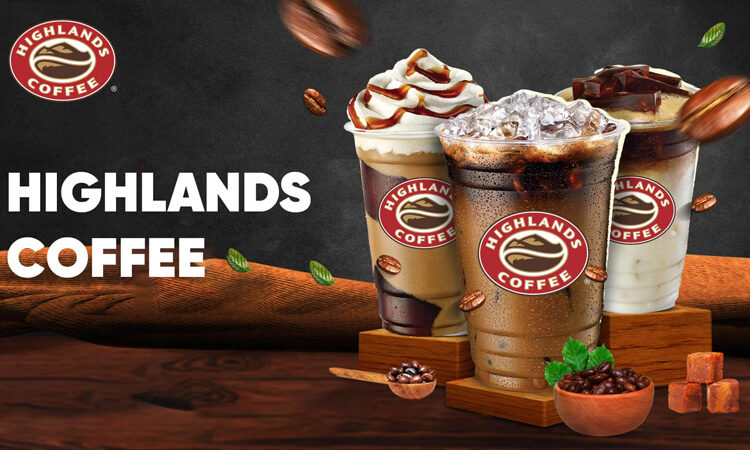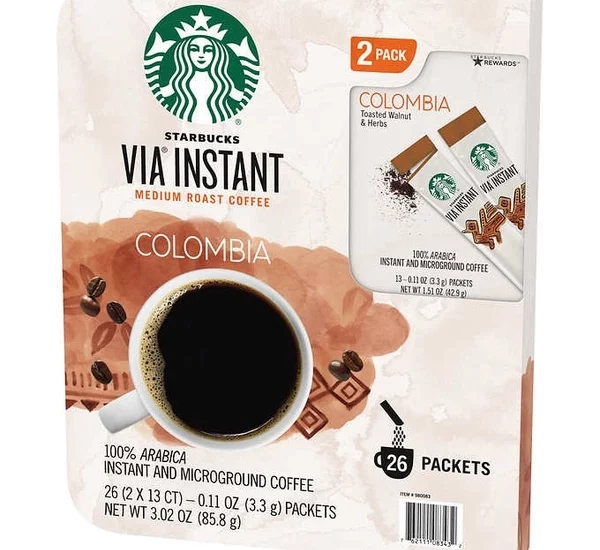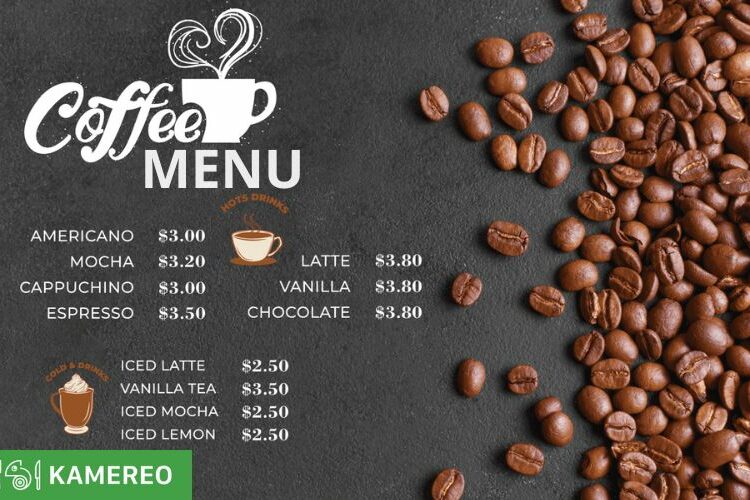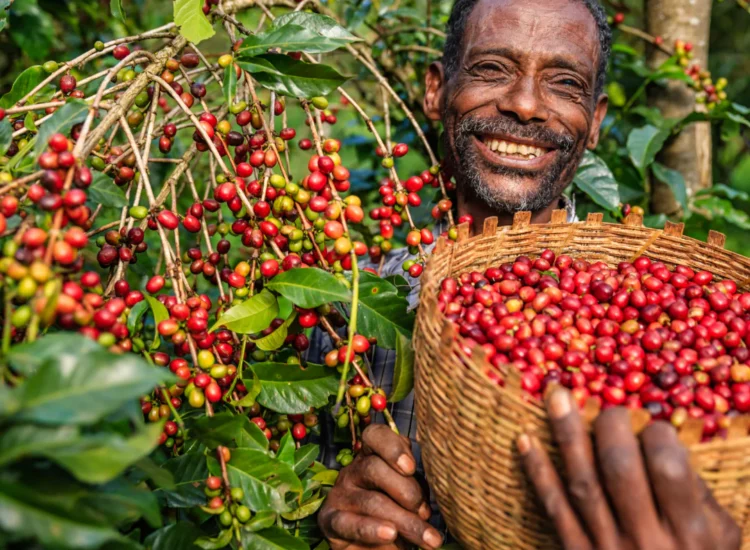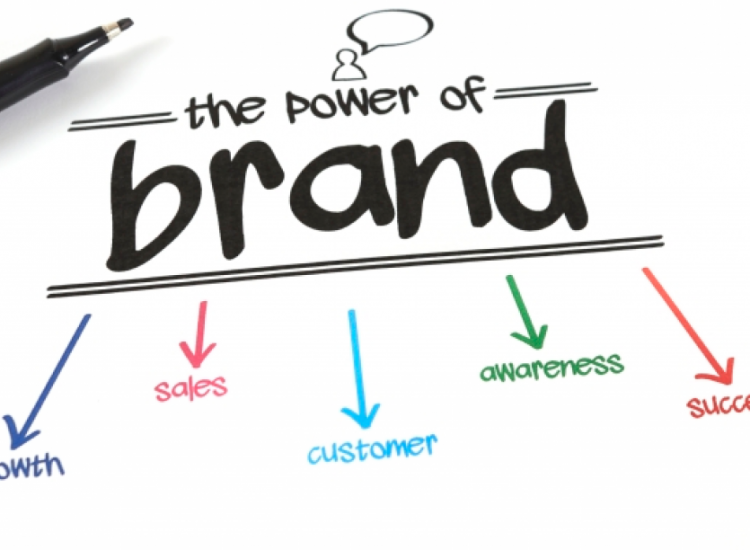A Nation Brewed: Exploring American Coffee Drinking Habits Through Surveys
Coffee, the ubiquitous beverage that fuels mornings and afternoons worldwide, holds a particularly significant place in the American cultural landscape. From bustling city coffee shops to quiet suburban kitchens, the aroma of freshly brewed coffee is a familiar and comforting scent. But beyond the simple act of drinking coffee, lies a complex tapestry of habits, preferences, and evolving trends that define the American coffee experience.
To understand this intricate relationship between Americans and their coffee, researchers and industry analysts frequently turn to surveys as a powerful tool. Coffee consumption surveys provide valuable insights into the who, what, when, where, why, and how of American coffee drinking habits. These surveys not only offer a snapshot of current trends but also reveal shifts in consumer behavior, inform industry strategies, and provide a deeper understanding of coffee’s role in American society.
This article will explore the landscape of American coffee drinking habits through the lens of survey research. We will delve into the methodologies employed, the typical findings revealed, the evolving trends shaping consumption patterns, and the broader implications of these habits on the coffee industry and American culture as a whole.
Surveying the Coffee Landscape: Methodology and Approach
Conducting a comprehensive survey on American coffee drinking habits requires a well-designed methodology to ensure accurate and representative data. Here are key aspects of a typical coffee consumption survey:
-
Representative Sample: A crucial element is selecting a sample population that accurately reflects the demographics of the American population. This involves considering factors like age, gender, ethnicity, income level, geographic region, and urbanization (urban vs. rural). A statistically significant sample size is necessary to ensure the findings can be generalized to the broader American population.

-
Survey Instrument Design: The survey instrument, typically a questionnaire, is carefully designed to elicit detailed information about coffee consumption habits. Questions are structured to be clear, unbiased, and comprehensive. Common question types include:
- Frequency of Consumption: How often do you drink coffee? (Daily, several times a week, weekly, monthly, rarely, never)
- Quantity Consumed: How many cups of coffee do you typically drink per day/week? (Open-ended or multiple-choice ranges)
- Type of Coffee: What types of coffee do you usually drink? (Drip coffee, espresso-based drinks, iced coffee, cold brew, instant coffee, specialty coffee drinks – allowing for multiple selections)
- Location of Consumption: Where do you usually drink coffee? (At home, coffee shops, work/office, restaurants, on-the-go, other locations)
- Timing of Consumption: When do you usually drink coffee? (Morning, midday, afternoon, evening, throughout the day)
- Additives and Preferences: What do you typically add to your coffee? (Sugar, milk, cream, sweeteners, flavors, creamers – and types of milk/cream)
- Brewing Methods (if applicable): If you brew coffee at home, what methods do you use? (Drip machine, French press, pour over, espresso machine, single-serve pod machines)
- Purchase Habits: Where do you purchase coffee beans/grounds or ready-made coffee? (Grocery stores, coffee shops, online retailers)
- Motivations for Consumption: Why do you drink coffee? (Energy boost, enjoy the taste, social habit, routine, comfort, other reasons – allowing for multiple selections)
- Demographics: Standard demographic questions are included to analyze consumption patterns across different population segments (age, gender, income, region, etc.).
-
Data Collection Methods: Surveys can be administered through various methods, each with its own advantages and considerations:
- Online Surveys: Increasingly popular due to their cost-effectiveness, wide reach, and ease of data collection and analysis. Online platforms allow for visual questionnaires and automated data processing.
- Telephone Surveys: Traditional method, allows for interviewer interaction and clarification, but can be more expensive and have lower response rates in the mobile-first era.
- Mail Surveys: Less common now due to low response rates and lengthy turnaround time, but can still be used for specific demographics.
- In-Person Surveys: Provides the most direct interaction, but is the most expensive and logistically challenging for large-scale surveys.
-
Data Analysis and Reporting: Once data is collected, statistical analysis is used to identify trends, patterns, and significant correlations. Survey findings are typically reported through statistical summaries, charts, graphs, and detailed reports that highlight key insights into American coffee drinking habits.

Typical Survey Findings: A Snapshot of American Coffee Consumption
Coffee consumption surveys consistently reveal several key patterns and characteristics of American coffee drinking habits:
- High Consumption Rates: The United States is one of the largest coffee consuming nations globally. Surveys consistently show that a significant majority of American adults are regular coffee drinkers, with daily consumption being very common.
- Daily Ritual: For many Americans, coffee drinking is ingrained as a daily ritual, often associated with the morning routine. Surveys confirm that morning is the most popular time for coffee consumption, driven by the perceived need for an energy boost to start the day.
- Drip Coffee Dominance, but Shifting Preferences: Drip coffee, brewed in automatic coffee makers, has historically been the most prevalent type of coffee consumed at home. However, surveys indicate a growing diversification of coffee preferences, with espresso-based drinks, iced coffee, and specialty coffee beverages gaining significant popularity.
- Coffee Shops as Social Hubs and “Third Places”: Coffee shops play a vital role in American coffee culture, serving not just as places to purchase coffee but also as social hubs, meeting places, and “third places” outside of home and work. Surveys show a significant portion of coffee consumption occurs in coffee shops, especially among younger demographics.
- Customization is Key: American coffee drinkers often customize their beverages extensively. Surveys reveal a wide range of preferences for additives, with sugar, milk, cream, and various flavored syrups and creamers being commonly used to tailor coffee to individual tastes.
- Energy Boost as Primary Motivation: Surveys consistently point to the desire for an energy boost as the primary motivation for drinking coffee. The caffeine content is a major driver for many coffee consumers, seeking to enhance alertness, focus, and productivity. However, enjoyment of taste and aroma, social aspects, and routine also emerge as significant contributing factors.
- Demographic Variations: Coffee consumption patterns vary across demographic groups.
- Age: Older demographics tend to be more traditional drip coffee drinkers, while younger generations are more drawn to specialty coffee, iced coffee, and coffee shop culture.
- Region: Regional variations exist in coffee preferences and consumption habits, influenced by local culture, climate, and coffee shop density.
- Income: Higher-income groups tend to consume more specialty coffee and frequent coffee shops more often.
Evolving Trends: Shaping the Future of American Coffee
American coffee drinking habits are not static; they are constantly evolving, influenced by changing consumer tastes, cultural shifts, and industry innovation. Key trends identified through surveys and market research include:
Related articles 02:
1. https://cafekinhdoanh.net/cafe-de-lambre-tokyos-timeless-temple-of-coffee-perfection
2. https://cafekinhdoanh.net/top-10-quan-cafe-xanh-dep-nhat-ha-noi-goc-thu-gian-giua-long-pho-thi
3. https://cafekinhdoanh.net/lai-kep-la-gi
4. https://cafekinhdoanh.net/highland-coffee-a-deep-dive-into-vietnams-beloved-coffee-chain
5. https://cafekinhdoanh.net/the-unseen-ingredient-the-crucial-role-and-selection-of-music-in-cafes
- The Rise of Specialty Coffee Culture: There has been a significant shift towards specialty coffee, emphasizing higher quality beans, artisan roasting, and more refined brewing methods like pour-over and French press. Surveys show increasing consumer interest in coffee origin, flavor profiles, and the craft of coffee making. This trend is fueled by a growing appreciation for coffee as a gourmet beverage, rather than just a commodity.
- Iced Coffee and Cold Brew Boom: Iced coffee and particularly cold brew coffee have experienced explosive growth in popularity. Surveys reveal a surge in iced coffee consumption, especially among younger demographics and in warmer climates. Cold brew, with its lower acidity and smoother flavor, has become a highly sought-after option.
- Sustainability and Ethical Sourcing: Consumers are increasingly concerned about the ethical and environmental impact of their coffee consumption. Surveys indicate growing demand for sustainably sourced coffee, Fair Trade certifications, and brands that prioritize environmental responsibility and fair labor practices throughout the coffee supply chain.
- Health and Wellness Focus: Health and wellness considerations are increasingly influencing coffee choices. Surveys explore consumer perceptions of coffee’s health benefits and potential drawbacks. Trends include interest in lower-acidity coffees, decaffeinated options, and coffee alternatives or additions marketed for health benefits (e.g., mushroom coffee, adaptogens).
- Convenience and At-Home Brewing Innovations: While coffee shop culture thrives, convenience and cost-effectiveness remain important drivers. Surveys track the popularity of single-serve coffee pod machines, ready-to-drink (RTD) coffee beverages, and innovations in home brewing equipment that cater to busy lifestyles.
Impact and Implications: A Brewing Industry and Culture
Understanding American coffee drinking habits through surveys has significant implications for various sectors:
- Coffee Industry Strategies: Survey data is invaluable for coffee roasters, coffee shop chains, and retailers. It informs product development (new flavors, formats, brewing methods), marketing strategies (targeting specific demographics, highlighting trends like sustainability), and operational decisions (location choices, store formats).
- Market Segmentation and Personalization: Survey insights allow the coffee industry to segment the market effectively and tailor products and services to specific consumer groups based on their preferences, consumption habits, and motivations. Personalized coffee recommendations and customized coffee experiences are becoming increasingly prevalent.
- Health and Wellness Recommendations: Healthcare professionals and nutritionists can use survey data to better understand population-level caffeine intake and coffee consumption patterns. This information can inform public health recommendations and personalized dietary advice related to coffee and caffeine consumption.
- Cultural and Social Insights: Coffee consumption surveys provide a window into broader American cultural and social trends. The evolving role of coffee shops as community spaces, the changing rituals around coffee consumption, and the social significance of coffee drinking can be analyzed through survey data.
- Economic Impact Assessment: Survey data, combined with economic analysis, can be used to assess the overall economic impact of the coffee industry in the United States, including employment, retail sales, and related sectors.
Conclusion: Brewing Knowledge, Serving the Future
Surveys on American coffee drinking habits are more than just number-crunching exercises. They are vital tools for understanding a deeply ingrained cultural practice, navigating a dynamic industry, and informing consumer choices. By continuously monitoring and analyzing coffee consumption patterns, researchers, businesses, and individuals alike can gain valuable insights into the ever-evolving landscape of American coffee culture – a landscape that continues to be brewed, one cup at a time, across the nation. As trends continue to shift towards specialty, sustainability, and personalization, ongoing survey research will remain crucial for understanding and adapting to the future of American coffee.




